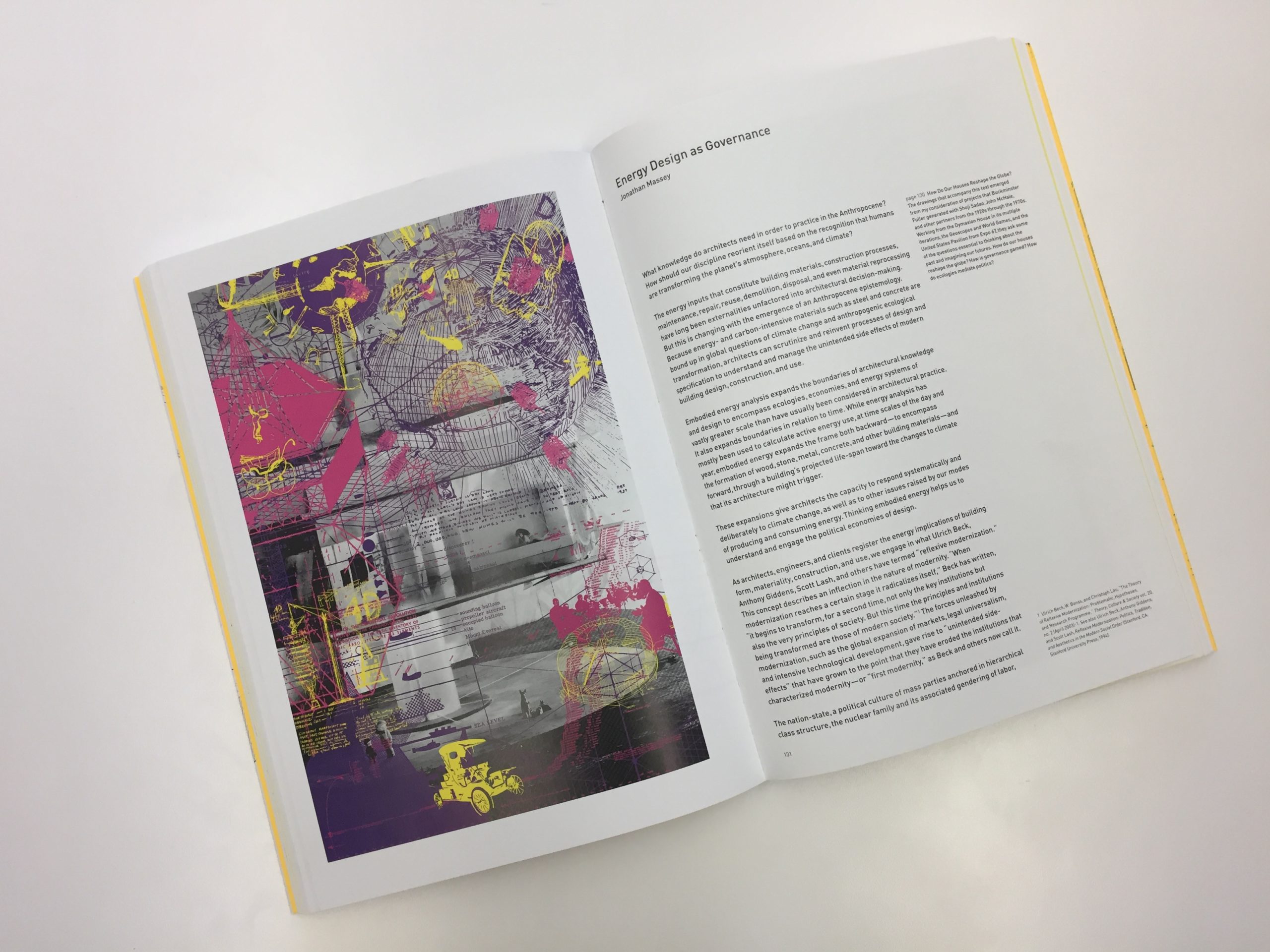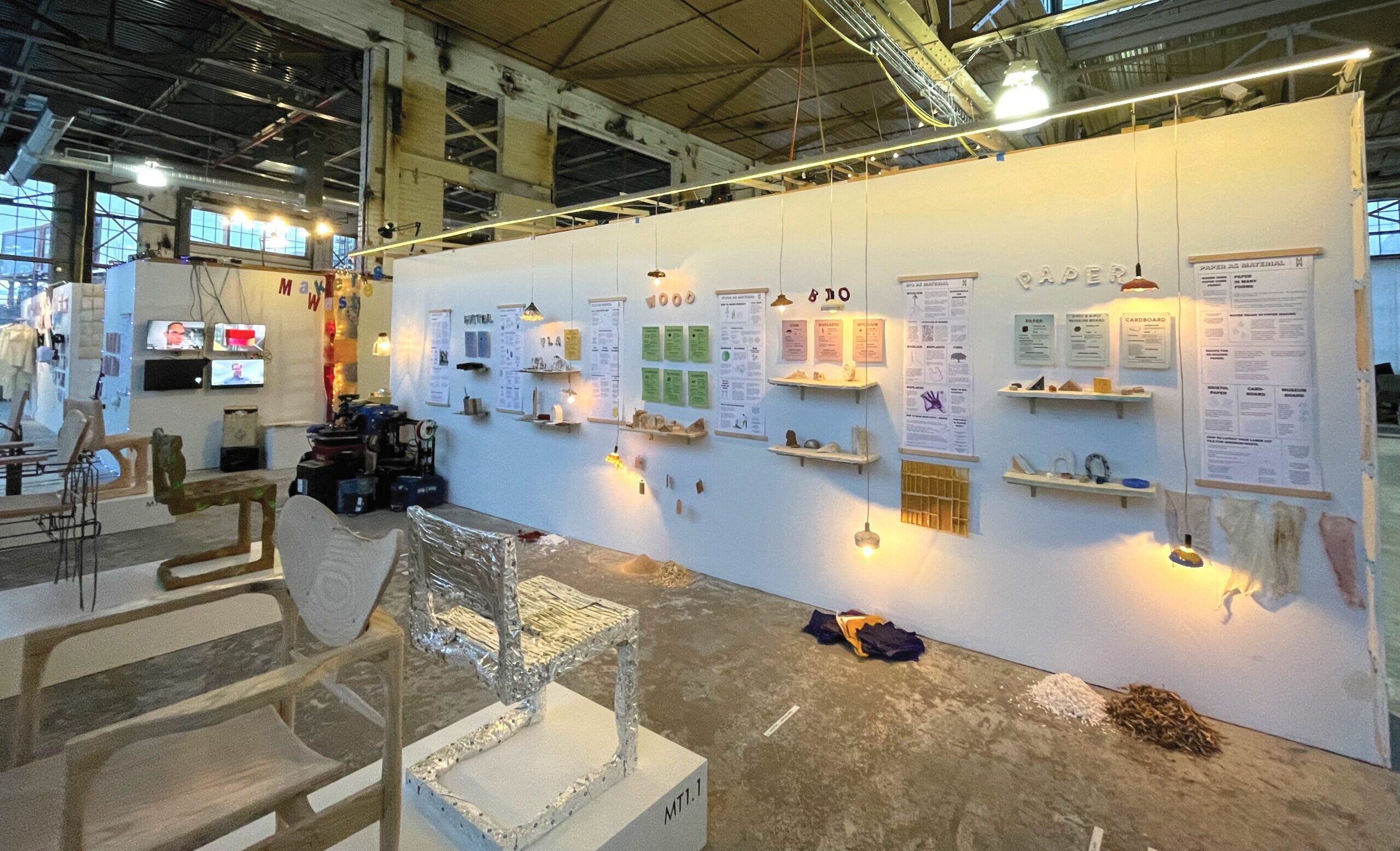Dean Jonathan Massey authors article in Embodied Energy and Design
“Energy Design as Governance,” written by Dean Jonathan Massey, was published in Embodied Energy and Design: Making Architecture Between Metrics and Narratives (Columbia University and Lars Muller Publishers: 2017), a book edited by David Benjamin following The Embodied Energy and Design symposium which took place at Columbia GSAPP in April, 2016.
In the article, Massey discusses the culture and understanding of energy, as approached by engineers and scientists, policy makers, and designers. The article speaks directly about embodied energy analysis, a strategy for calculating energy use beginning at the formation of the building materials and stretching past the lifespan of the building, and attempts to include all materials, processes, and energies involved.
Although vital to policy and regulation, Massey suggests that conventional embodied energy analysis is often too narrow and technocratic, leaving out issues of power, territory, lifestyle, and risk. Because these complexities cannot be adequately considered by regulation alone, architects are poised to investigate and influence them through design. He writes, “hierarchical class structure, the nuclear family and its associated gendering of labor, and a labor market based on full employment and lifelong careers are among the coordinates of modern society that have lost much of their organizing power” and suggests that it paves the way for new understanding of risk and new techniques to evaluate energy.
Using two design projects featuring the dome, the original Buckminster Fuller work and a 2015 project by Janetter Kim and Erik Carver, Massey traces how reflexive modernism has evolved. In both, design is rooted in the political and economic, both in consideration and in impact. Massey uses Kim and Carver’s project, The Underdome Guide, to exemplify how architects may engage with the multiplicity and broadness of energy and design, pushing past Fuller’s ambition for capitalist solutions. The article insists that the profession of architecture must not only factor in embodied energy analysis into design but also a broader and more comprehensive understanding of ecology, politics, culture. The closing thought of the article reads:
As we rework modernization by factoring embodied energy into architectural history, theory, design, and practice, we should be as explicit as possible about an intersectional politics of consumption, risk, and benefit. In dialogue with more familiar capacities for global, multicultural, and critical history, knowledge of embodied energy will help us intervene intentionally in the differential and social impacts that architects and builders have across time and space. 136
Embodied Energy and Design was associated with a symposium, in which contributors spoke about design, modernity, and energy. Dean Jonathan Massey’s presentation at The Embodied Energy and Design symposium discusses many of the ideas present in his article.





